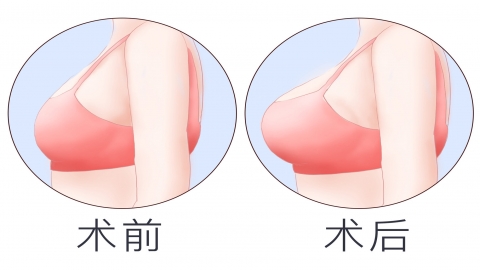Will breastfeeding cause pain after breast augmentation?
In general, post-pregnancy breast engorgement is a normal physiological process caused by rapid mammary gland proliferation under hormonal stimulation. Women who have previously undergone breast augmentation surgery typically do not experience additional significant pain as a result. The discomfort from ductal dilation and milk filling does not have a direct causal relationship with breast implants. What truly affects subjective sensation are the surgical approach, implant placement plane (submuscular or subglandular), and individual healing differences. A detailed analysis is as follows:

When implants are placed behind the pectoralis major muscle, the mammary tissue itself experiences minimal mechanical interference, allowing lactation physiology to proceed almost identically to that in non-augmented individuals. Silicone or saline implants act merely as "bystanders"—they do not produce milk nor block ducts. However, due to increased overall breast tension from glandular congestion during lactation, the implant outline may temporarily become more palpable.
In cases of autologous fat grafting, the surviving fat cells do not participate in lactation either, but they may blur the breast's palpation boundaries, requiring extra caution during clinical examinations. In rare cases where implants were inserted via periareolar incisions, if some milk ducts were inadvertently damaged during surgery, milk drainage might be slightly less smooth, thereby amplifying the sensation of engorgement pain. If capsular contracture is also present, increased breast firmness can further intensify the tight, uncomfortable feeling during milk engorgement.
For individuals with a history of multiple chest wall surgeries, severe infections, or high risk of implant rupture, fluctuations in breast volume during pregnancy could become a triggering factor; regular ultrasound follow-ups are recommended. Wearing non-underwire supportive bras and maintaining correct latching techniques during breastfeeding can help reduce downward traction, prevent nipple cracking, and alleviate discomfort. If persistent high fever, unilateral severe pain, or skin redness occurs, acute mastitis should be ruled out first, and a joint assessment by obstetric and plastic surgery specialists is advised to determine a safe breastfeeding plan.










